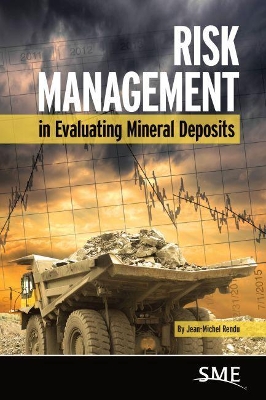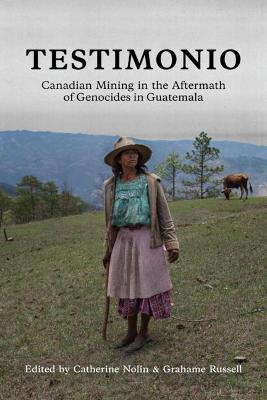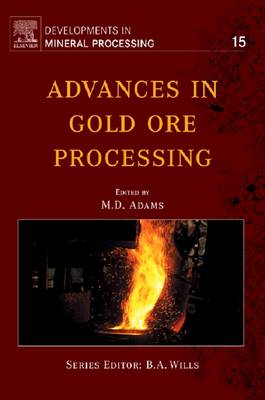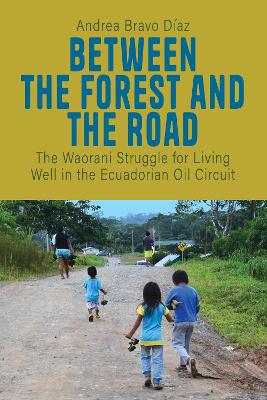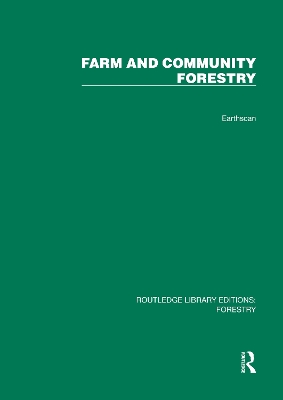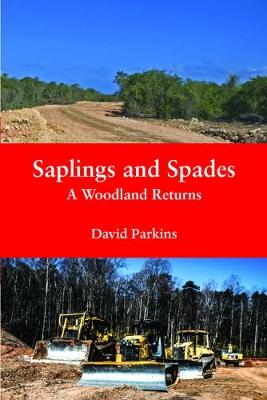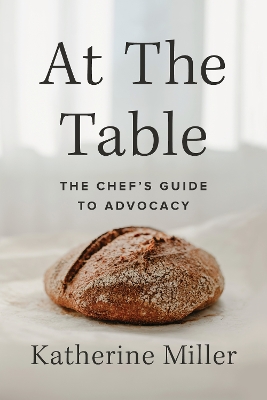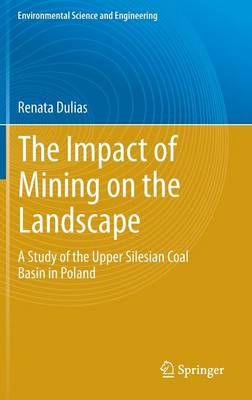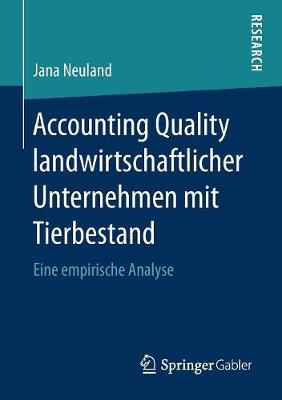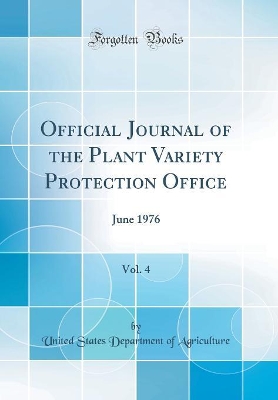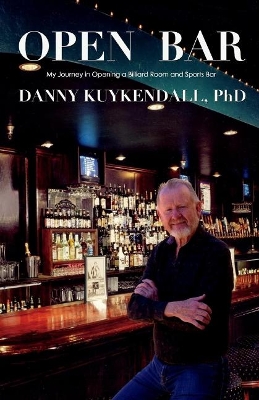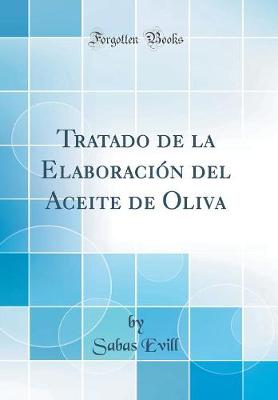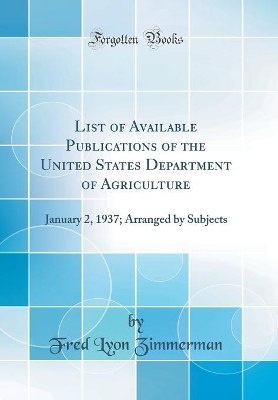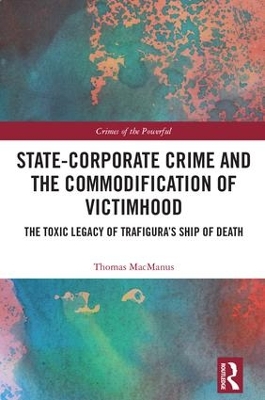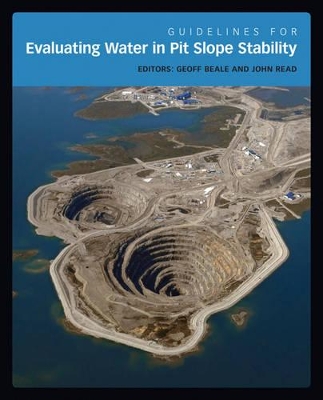Turnaround Management for the Oil, Gas, and Process Industries
by Robert Bruce Hey
Turnaround Management for the Oil, Gas, and Process Industries: A Project Management Approach helps readers understand the phases of development in preparation for a turnaround, with each relevant phase easily identified. Specific to the process industry, especially oil and gas, petrochemical and power plants, this reference simplifies the entire lifecycle of a turnaround and provides specific examples of both successful and unsuccessful turnaround projects. By identifying the most significant p...
Mining is not for the fainthearted. Yes, the rewards are enormous. But so are the risks-and consequences-of failure. Risk Management in Evaluating Mineral Deposits walks you through the many-faceted risk evaluation you need to conduct before you invest your hard-earned dollars. Written by a mining professional with a strong background in technical and financial studies, risk assessment, and statistics, this book provides a detailed suite of tools so you can determine whether investing in a mini...
Water-Based Chemicals and Technology for Drilling, Completion, and Workover Fluids
by Johannes Fink
Oil and gas engineers today use three main factors in deciding drilling fluids: cost, performance, and environmental impact, making water-based products a much more attractive option. Water-Based Chemicals and Technology for Drilling, Completion, and Workover Fluids effectively delivers all the background and infrastructure needed for an oil and gas engineer to utilize more water-based products that benefit the whole spectrum of the well's life cycle. Helping to mitigate critical well issues suc...
Advances in Gold Ore Processing (Developments in Mineral Processing, #15)
by Mike D Adams
The gold processing industry is experiencing change. As free-milling and oxide ores become depleted, more complex polymetallic and refractory ores are being processed, coupled with increasing pressure for stricter environmental compliance. Recent years have also seen a steady reduction in mineral processing and metallurgy graduates and a gradual loss of older operating experience. A contribution to documenting current and future best practice in gold ore processing seems timely. The focus of th...
During the past two decades Ecuadorians have engaged in a national debate around Buen Vivir (living well). This ethnography discusses one of the ways in which people experience well-being or aspire to live well in Ecuadorian Amazonia. Waponi Kewemonipa (living well) is a Waorani notion that embraces ideas of good conviviality, health and certain ecological relations. For the Waorani living along the oil roads, living well has taken many pathways. Notably, they have developed new spatial organi...
Farm and Comunity Forestry (Routledge Library Editions: Forestry)
by Gerald Foley and Geoffrey Barnard
In 1984, when this book was originally published the need to take forestry outside the forests and involve local people in tree growing was widely recognised. Projects to encourage farm and community forestry were launched in over 50 developing countries. This book describes the main approaches which were taken, discussing their scope and limitation. It examines the reasons why people plant trees, and the constraints which prevent them from doing so. It analyses supply and demand systems for woo...
Grabbing the low-hanging fruit is no longer acceptable. ZICO Coconut Water founder Mark Rampolla argues that when you choose to reach higher, you can build an incredible business, be profitable, and maybe even change the world. In 2004, Mark Rampolla was successful by most standards. There was just one problem: He wasn’t inspired in his job and believed he had something more to contribute to the world. When he asked himself, "What do I have to offer that will improve the world?" Rampolla realize...
As a young boy, David witnessed bulldozers obliterate a forest for a bypass. Decades later, he resolved to replace the annihilated trees with another wood. Starting from nothing, he set about the task. It was not easy; there was vastly more to woodland establishment than planting saplings. Writing informally, David recalls the triumphs and disasters of his undertaking. Success was hard-won and ultimately depended on an overlooked truth... Splendidly illustrated with aerial photos, this is th...
When Katherine Miller was first asked to train chefs to be advocates, she thought the idea was ludicrous. This was a group known for short tempers and tattoos, not for saving the world. But she quickly learned that chefs and other leaders in the restaurant industry are some of the most powerful forces for change in our troubled food system. Chefs are leading hunger relief efforts, supporting local farmers, fighting food waste, confronting racism and sexism in the industry, and much more. In At...
The Impact of Mining on the Landscape (Environmental Science and Engineering)
by Renata Dulias
This book investigates the Upper Silesian Coal Basin (USCB), one of the oldest and largest mining areas not only in Poland but also in Europe. Using uniform research methods for the whole study area, it also provides a summary of the landscape transformations. Intensive extraction of hard coal, zinc and lead ores, stowing sands and rock resources have caused such extensive transformations of landscape that it can be considered a model anthropogenic relief. The book has three main focuses: 1) Id...
Accounting Quality landwirtschaftlicher Unternehmen mit Tierbestand
by Jana Neuland
Bislang wird Voluntary Disclosure, als wesentliches Element der Disclosure Quality, praktisch ausschließlich in Randbereichen der Unternehmenswertschöpfung untersucht. Jana Neuland identifiziert nun erstmals ein empirisches Setting, bei dem Unternehmen über einen erheblichen Ermessenspielraum, bezüglich der Offenlegung ihres Kernelements der Wertschöpfung, verfügen. Konkret werden landwirtschaftliche Unternehmen in Deutschland untersucht, die ihr Tiervermögen separat ausweisen können, aber dazu...
The Economics of Agro-Chemicals (Routledge Revivals)
Published in 1998. This book provides a global overview of agrochemical use against the backdrop of future agricultural production requirements and environmental concerns. From acknowledged experts in their field this book examines the relationship between agro-chemical use and sustainability, producer knowledge and policy analysis for less developed and industrialized economies.
The Global Copper Industry (Routledge Library Editions: Environmental and Natural Resource Economics)
by Raymond F. Mikesell
Originally published in 1988. Copper is one of the most actively traded commodities. It is a crucial commodity for industrialised countries, most of which depend on imports for their supplies. Copper is also the single most important export for many of the producer-countries. Changes in the patterns of the world trade in copper therefore have an important impact on many countries. This book surveys the state of the world copper industry as it was in the 1980s. It discusses the state of productio...
Official Journal of the Plant Variety Protection Office, Vol. 4: June 1976 (Classic Reprint)
by United States Department of Agriculture
A New Source of Revenue for India (Classic Reprint)
by George W Strettell
Tratado de la Elaboración del Aceite de Oliva (Classic Reprint)
by Sabas Evill
State-Corporate Crime and the Commodification of Victimhood (Crimes of the Powerful)
by Thomas MacManus
This book highlights the continuing impunity enjoyed by corporations for large scale crimes, and in particular the crime of toxic waste dumping in Ivory Coast in 2006. It provides an account of the crime, and outlines contributory reasons for the impunity both under the law and from a criminological point of view. Furthermore, the book reveals the retrogressive role of civil society organisations (CSOs) in Ivory coast, contrary to the societal expectations made of 'non-governmental' organisation...
Guidelines for Evaluating Water in Pit Slope Stability
This book offers slope design practitioners a road map that will help them decide how to investigate and treat water pressures in pit slopes. Created as an outcome of the Large Open Pit project, an international research and technology transfer project, this book expands on the hydrogeological model chapter in the project's previous book Guidelines for Open Pit Slope Design.


